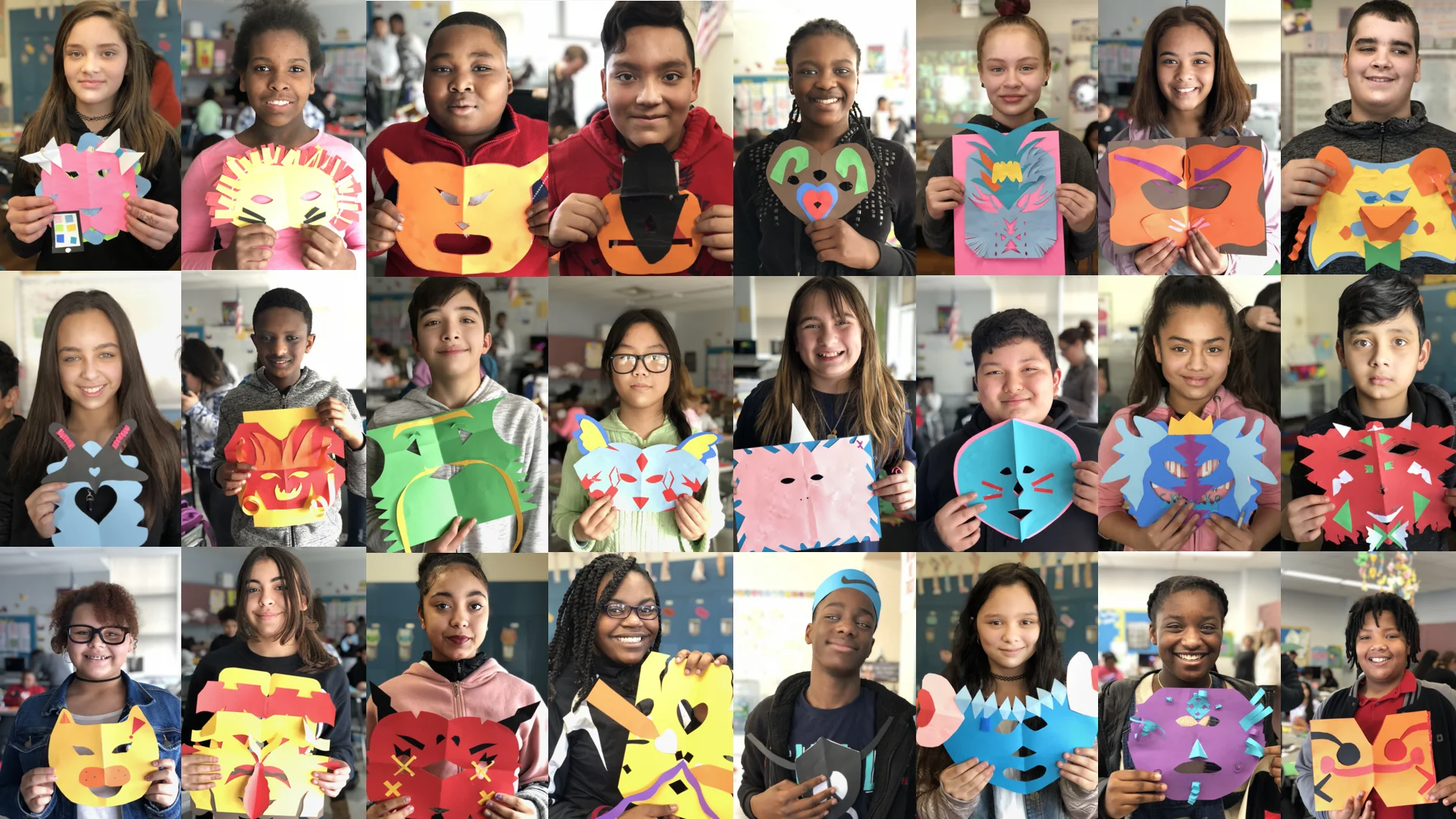Watching Sandra, my six year old daughter, learn to read has been one of the most gratifying experiences for me both personally and professionally. When Sandra began writing in preschool, she began with the letters of her name. Many early childhood literacy methods are rightfully built around a child's name. We could see Sandra then moving to other words that are similar to her own: Santa, sand, sun. Eventually she became interested in how to write the names of her family—Luis, Kurt, Maria—and then began to read words that were similar, gradually expanding her letter recognition and her ability to piece together new words.
When we started our language and arts lab school Habla, we knew for people to learn a new language, they need to begin with what is most important to them. Hence our first classes in language learning are called "All About Me."
Brazilian educator Paulo Freire knew that literacy begins with "reading the world." In Pedagogy of Hope he writes,
Anyone taking a literacy course for adults wants to learn to read and write sentences, phrases, words. However, the reading and writing of words comes by way of reading the world. Reading the world is an antecedent act vis-á-vis the reading of the word. The teaching of reading and writing of the word to a person missing the critical exercise of reading and rereading the world is, scientifically, politically, and pedagogically crippled.
In his literacy programs for farmers in rural Brazil, Freire began by looking at pictures that relate directly to the farmer's worlds including their landscapes, tools, crops, and animals. They then learned the words for the objects and built their phonemic awareness from the context of their own lived worlds.
I'd bought the book Lily The Unicorn by Dallas Clayton for my daughter, mainly because I brought back a unicorn stuffed animal from one of my trips and i wanted to have a book that went along with it. I read it to her when I came home and didn't think much about it for another year.
Then the other night we picked it up again. I read it this time and envisioned how it might be used to build an early literacy course or beginning language class. Let's take a look.
Each page of the book is organized around a central idea. On the first page Lily says,
My name is Lily! I'm a unicorn. I like to make things.
The language is simple so for an early language learner it wouldn't take much time to teach the words. Then on the page we see a variety of objects.
I can imagine giving each student a large sheet of white paper with a variety of colored markers. On the page they personalize the language.
My name is ________________. I'm a ________________. I like to __________________.
Then each student draws all of the things they like and, with the teacher's help, labels some or all of them. We then begin the class by learning everyone's name and what they like.
The book continues in a similar vein with Lily talking about what she likes in various categories. Eventually she meets a friend named Roger who is very afraid at taking risks because the "world is afraid of scary things."
I can imagine the students moving in a couple of directions with this. One is for them to create an imaginary friend and to build a world around that imaginary friend using the prompts of the book. What is your friend afraid of? What does your friend not like? What kind of adventures can you imagine having with your friend? What kind of games would you like to play with your friend? What could you invent with your friend? Students could write their own version of Lily, The Unicorn! from their own perspective with their own imaginary friend.
Another direction we could take this in is to have the students in the class interview each other. Students then, instead of writing about their own imaginary friend, write and draw pictures for a class partner, using the same prompts. We could place butcher paper on the wall, divide it into the different "pages" of the book, and have the class add images, based on their partner, what they like, what they are afraid of, what adventures they'd like to have etc. We then end up with a class mural.
What I love about this idea for a curriculum is that we would move from the "I" to the "we" and students would really have to learn about another person in their class to honor them on the class wall. At the end of the unit we would have a class wall with everyone's lives represented through images and text.




















